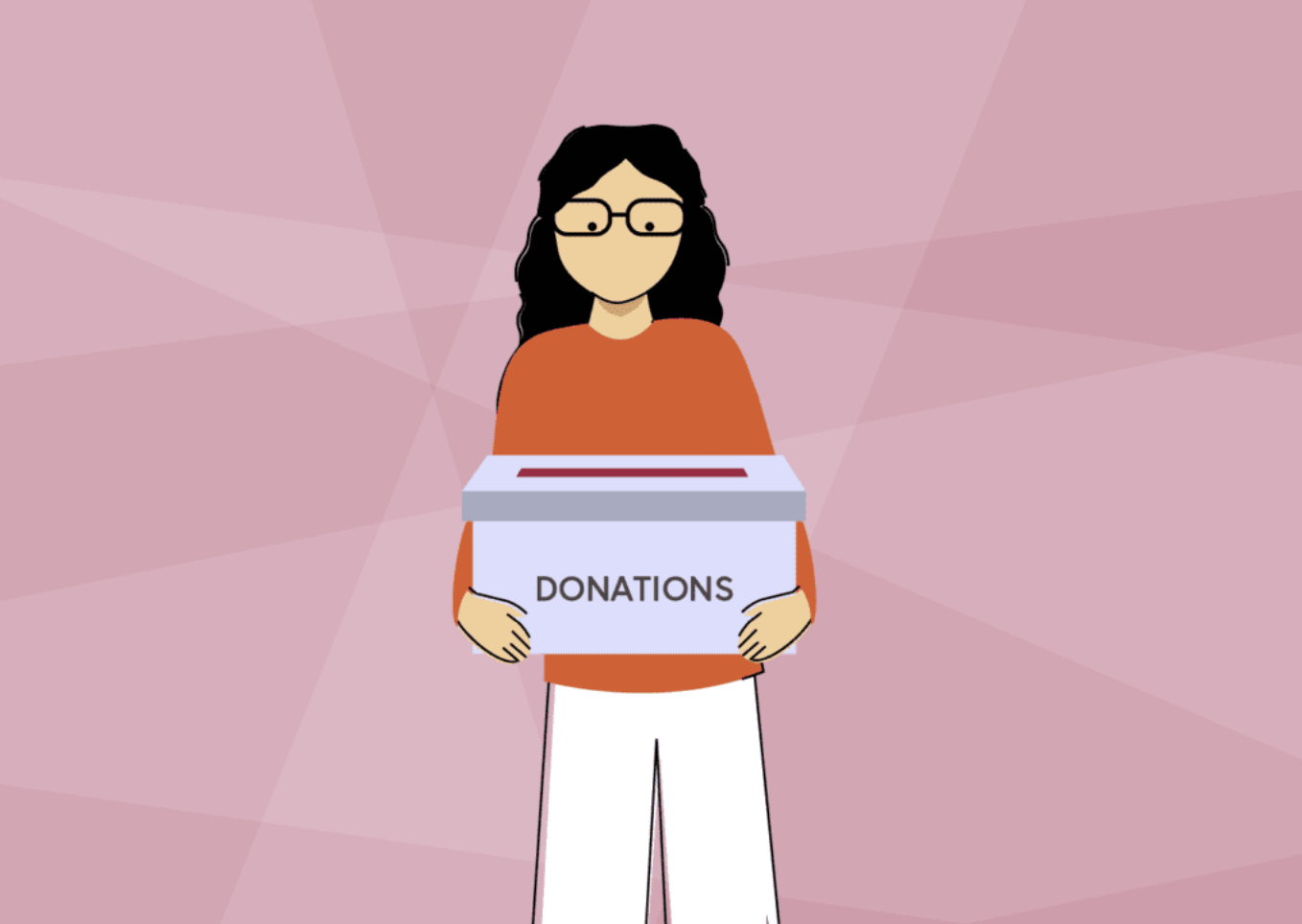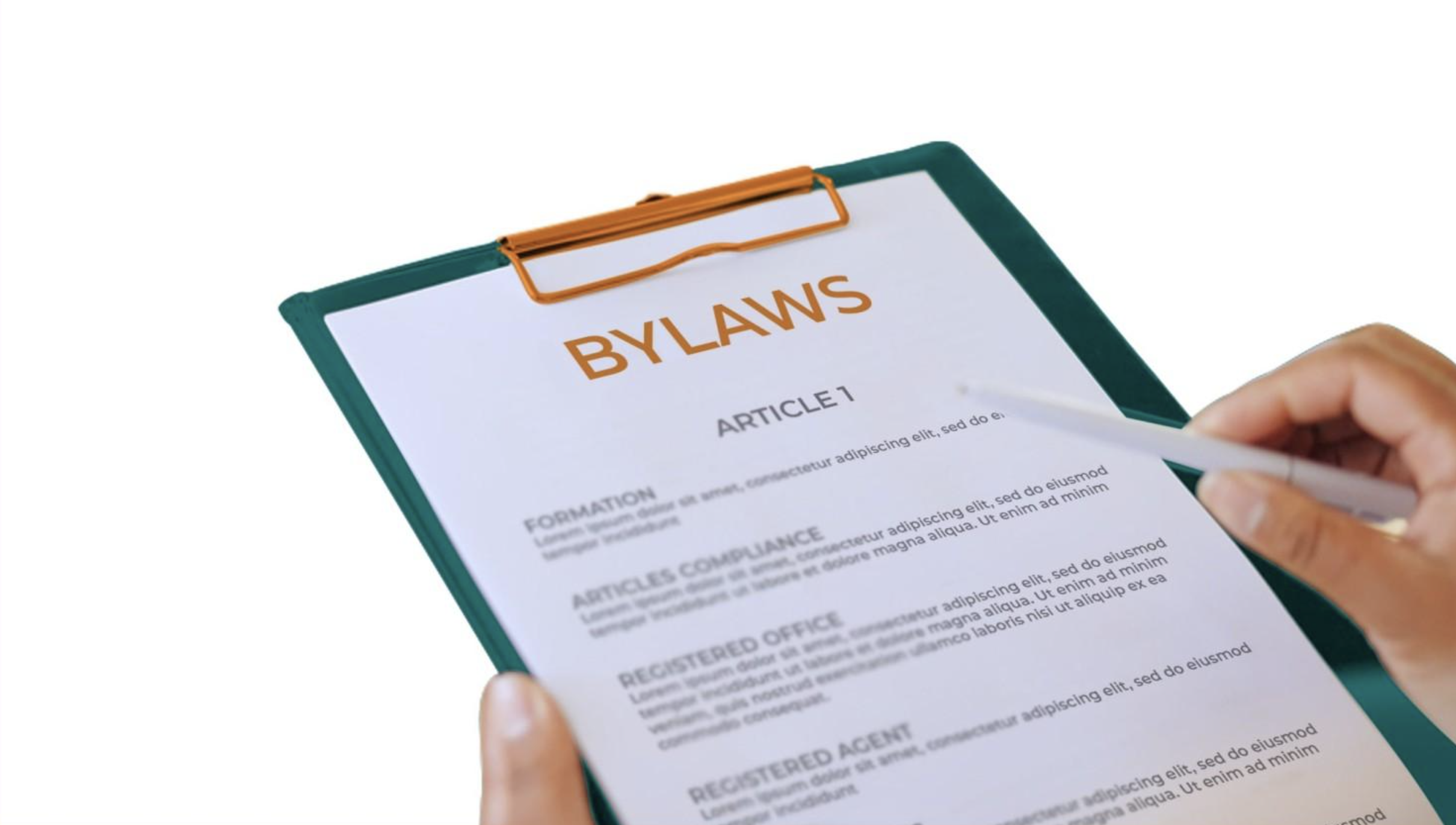
How Do I Ask for Donations for My Booster Club: The Art of the Irresistible Ask
Mastering the psychology and strategy behind donation requests that inspire generosity
Let's face it: asking for money is awkward. Even when it's for the most amazing cause on earth – like supporting incredible students and life-changing programs – most people would rather run a marathon backward than actually ask someone for a donation. But here's the thing: if you don't ask, you definitely don't get!
The good news? Asking for donations doesn't have to feel like begging or being pushy. When done right, donation requests become opportunities to invite people into something meaningful, celebrate community values, and give supporters the joy of making a real difference. Ready to transform your approach from cringe-worthy to compelling?
Why People Actually Want to Give (But Need to Be Asked)
Here's a surprising truth: most people genuinely want to support causes they care about, but they need clear, compelling invitations to take action. According to the Association of Fundraising Professionals, 85% of donors say they give because they were asked – not because they spontaneously decided to donate.
The secret isn't in finding people who want to give; it's in asking the right people in the right way at the right time with the right information. When your ask connects with people's values and shows them exactly how their contribution creates impact, saying yes becomes the natural response!
The Psychology of Successful Donation Requests
Understanding the Donor's Journey
The Three Questions Every Potential Donor Asks:
- Why should I care? (emotional connection and relevance)
- Will my donation actually make a difference? (impact and effectiveness)
- Can I trust you with my money? (credibility and transparency)
Answer these three questions clearly and compellingly, and you've created the foundation for successful donation requests.
The Power of Specific Asks
Instead of: "We need money for equipment." Try: "Your $50 donation will provide new shoulder pads that keep our players safe for an entire season."
Instead of: "Please consider supporting our band." Try: "For just $25, you can sponsor one student's sheet music for our entire spring concert series."
Specific asks work because they help donors visualize exactly what their contribution accomplishes and make the impact feel tangible and meaningful.
The Essential Elements of Compelling Donation Requests
Start with Connection, Not Need
Lead with Impact Stories Begin your ask by sharing how previous donations created real change: "Last year, donations from families like yours sent our debate team to state championships for the first time in school history. Now we have an opportunity to help even more students discover their voices and build confidence that will last a lifetime."
Create Emotional Resonance Connect your cause to values and experiences your audience shares: "Remember the feeling of being part of something bigger than yourself? That moment when hard work paid off and your team celebrated together? That's exactly what we're creating for today's students."
Make It Easy to Say Yes
Provide Multiple Giving Levels
- $25 Champion - Supports one student's equipment needs
- $50 All-Star - Funds transportation for away competitions
- $100 MVP - Sponsors a student's complete seasonal participation
- $250 Hall of Famer - Creates scholarship opportunities for students in need
Offer Various Payment Options
- One-time donations for immediate impact
- Monthly recurring gifts for sustained support
- Memorial or tribute donations honoring special people
- Corporate sponsorship packages for business supporters
Create Urgency Without Pressure
Time-Bound Opportunities "Our equipment order deadline is March 15th – donations received by March 1st ensure we can outfit the entire team for spring season."
Matching Gift Campaigns "Thanks to a generous anonymous donor, every gift received this week will be matched dollar-for-dollar, doubling your impact!"
Goal-Oriented Campaigns "We're just $2,000 away from our new sound system goal – help us reach the finish line and give our musicians the quality they deserve!"
Different Approaches for Different Audiences
Personal Ask Strategies
Face-to-Face Conversations The most effective donation requests happen in person:
- Choose comfortable, private settings where people can ask questions
- Bring visual materials showing program impact and needs
- Practice your key talking points but keep the conversation natural
- Be prepared to answer questions about finances, impact, and organizational goals
Phone Calls That Work
- Start with appreciation for their past support or involvement
- Keep it conversational, not scripted
- Have specific information ready about donation amounts and impact
- Follow up immediately with written confirmation and next steps
Written Communication Excellence
Email Requests
- Subject lines that intrigue: "The $47 that changed everything" or "Your 2-minute impact opportunity"
- Personal greeting using the recipient's name
- Clear, compelling story in the first paragraph
- Specific ask amount with impact description
- Easy donation button that stands out visually
Direct Mail Appeals
- Handwritten addresses when possible for personal touch
- Compelling headlines that create immediate interest
- Photo evidence of programs in action
- Clear next steps with pre-addressed return envelopes
Digital and Social Media Approaches
Social Media Campaigns
- Facebook fundraisers linked to specific goals or events
- Instagram stories showing behind-the-scenes program moments
- Video testimonials from students, parents, and coaches
- Live streaming from events with real-time donation opportunities
Peer-to-Peer Campaigns Empower your community to ask their networks:
- Provide talking points and social media templates
- Create shareable graphics that tell your story visually
- Offer incentives for volunteers who reach fundraising milestones
- Celebrate and recognize peer-to-peer fundraising champions
Timing Your Donation Requests
Seasonal Strategy
Fall Launch - Back-to-school energy and new program excitement Holiday Giving - Year-end tax benefits and seasonal generosity Spring Push - Championship season and graduation celebration timing Summer Sustaining - Facility improvements and camp program support
Avoid Ask Fatigue
The 60-Day Rule - Space major donation requests at least two months apart Mix Ask Types - Alternate direct donation requests with event invitations and volunteer opportunities Provide Value Between Asks - Share impact stories, program updates, and community news regularly
Legal and Ethical Considerations
Compliance Requirements
501(c)(3) Guidelines
- Provide tax-deductible receipts for all donations over $250
- Include your EIN number on all donation materials
- Clarify tax-deductibility status clearly in all communications
- Maintain detailed records of all donations received
Donor Privacy Protection
- Obtain permission before sharing donor names publicly
- Secure storage of all donor information and financial details
- Honor opt-out requests immediately and completely
- Follow CAN-SPAM rules for email communications
Ethical Fundraising Practices
Transparency Standards
- Share financial information openly about how donations are used
- Report back regularly on program impact and achievements
- Acknowledge limitations honestly when discussing challenges
- Avoid pressure tactics that make people uncomfortable
Handling Responses (Yes, No, and Maybe)
When They Say Yes
Immediate Response
- Express genuine gratitude specifically for their support
- Confirm donation details and provide receipt information
- Share next steps and what they can expect going forward
- Invite further engagement through volunteering or event attendance
When They Say No
Gracious Acceptance
- Thank them for considering your request respectfully
- Keep the relationship positive for future opportunities
- Offer alternative ways to support through volunteering or advocacy
- Continue including them in program updates and community information
Following Up Effectively
Stewardship Strategy
- Send immediate thank-you notes within 48 hours of donation
- Provide regular impact updates showing how donations create change
- Invite donors to special events and program celebrations
- Ask for feedback on how to improve your programs and communication
Your Donation Request Action Plan
Ready to master the art of asking for donations?
- Identify your target audiences and their connection to your programs
- Develop compelling impact stories that demonstrate donation effectiveness
- Create multiple giving levels with specific impact descriptions
- Choose appropriate communication methods for each audience
- Plan your asking calendar to avoid fatigue and maximize timing
- Prepare response strategies for various outcomes
- Build stewardship systems that maintain donor relationships long-term
The Ultimate Asking Victory
The most successful booster clubs understand that asking for donations isn't about begging or pressuring people – it's about offering opportunities for community members to participate in something meaningful that aligns with their values and creates positive impact.
When you approach donation requests as invitations to join a mission rather than pleas for help, when you provide clear information about impact and need, and when you make it easy for people to say yes at a level that works for them, asking for donations becomes a natural part of building community support.
Remember, every donation represents someone's belief in your mission and trust in your organization. Treat each request as an opportunity to strengthen relationships, share your vision, and invite people into the amazing work you're doing for students and programs.
The question isn't whether people want to support great causes – they absolutely do. The question is whether you're asking in ways that make it easy, compelling, and joyful for them to say yes!
Ready to improve your donation requests? Visit BoosterHub.com to explore donation management tools and communication templates designed for successful booster club fundraising.
Simplify Communications from App to Website




.png)